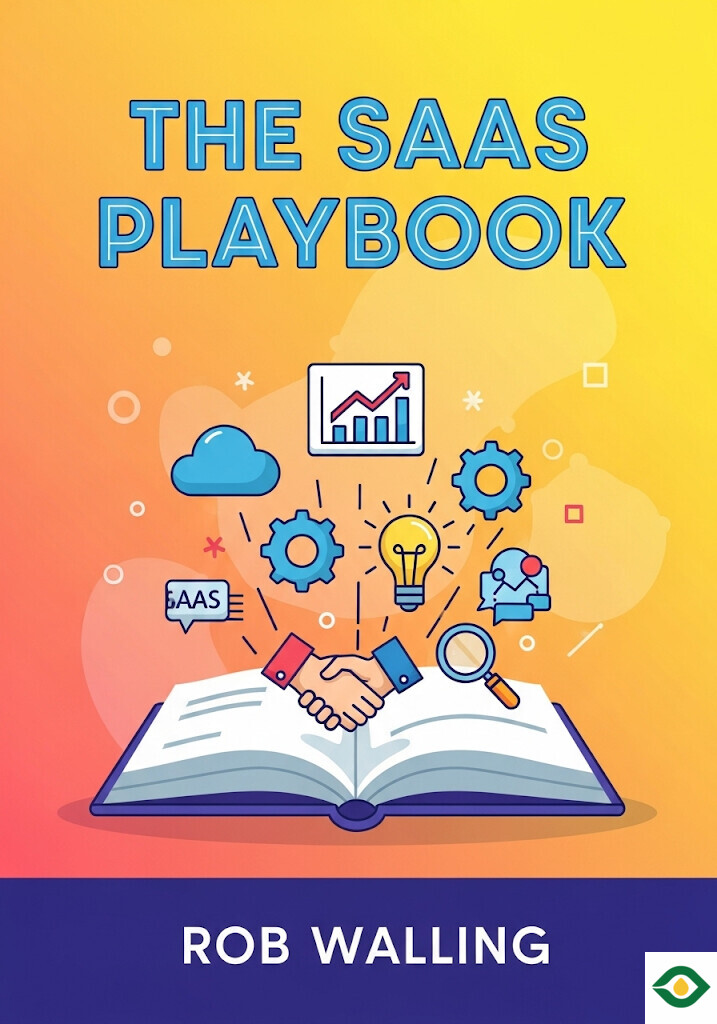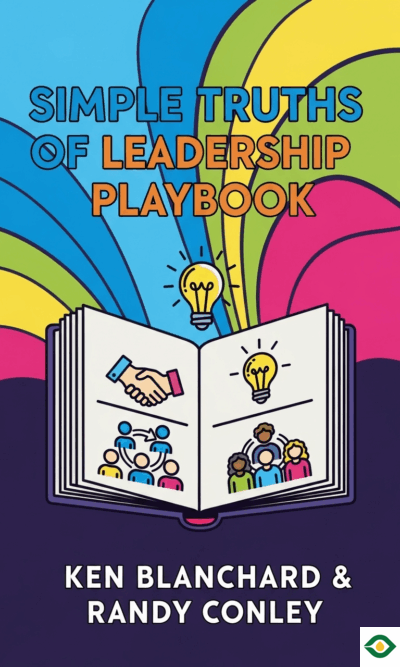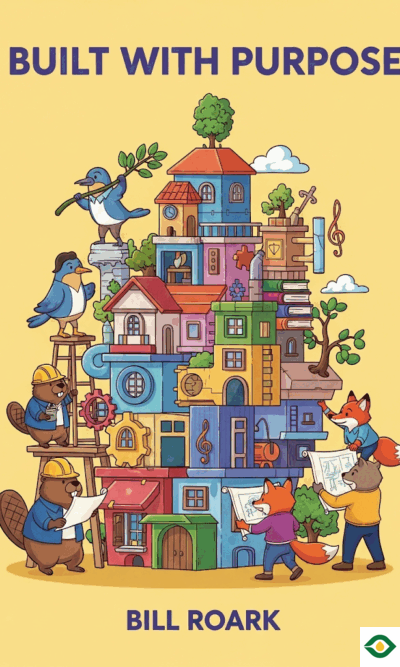Description
Starting a business is hard. Most founders never get funding, and even those who do often fail. But there’s another way: building slowly with your own resources and customer revenue. This approach, often called bootstrapping, doesn’t depend on investors. Instead, it depends on your commitment, creativity, and persistence. If you can keep going, the only way your business ends is if you stop.
This book explains how to bootstrap a software business using the SaaS model. SaaS, or Software-as-a-Service, has a major advantage: predictable recurring revenue. Customers pay month after month, giving stability that other industries often lack. With steady income, you don’t need luck or viral success—you just need a clear plan. The book shares six areas every founder must focus on: market, pricing, marketing, team, metrics, and mindset.
The first step is understanding your market. A successful SaaS company solves real problems for real people. To figure this out, talk to potential customers. Ask them what frustrates them, why they canceled other tools, and what they wish worked better. These conversations may be uncomfortable, but they are priceless. Customers won’t always imagine the perfect solution, but their frustrations point you toward opportunities.
Not every suggestion should make it into your product. Some ideas may distract you or only serve a tiny fraction of users. Focus on changes that fit your long-term vision and help the majority. Once you understand the market, you need to carve out your space in it. Some companies compete on price, others on unique features, and others on creative sales models. Once you gain traction, protect your position with moats—things that make it hard for competitors to replace you. This might be integrations with other software, strong branding, or high switching costs. Building a moat ensures your product isn’t easily replaced.
The next step is pricing. Many founders undercharge out of fear of scaring customers away. But if no one complains about your price, it probably means you’re charging too little. Pricing sends a message about value. If you charge too little, customers may assume your product isn’t worth much. Low prices can also make it difficult to cover marketing and support costs.
A healthy middle ground is key. For many SaaS products, around per month is a common sweet spot. It’s high enough for customers to care about using your tool, but low enough to reduce cancellations. More specialized or enterprise products can charge much higher—sometimes hundreds or even thousands per month. The right price depends on your audience and the value you provide.
Pricing isn’t permanent. You should revisit it every six to twelve months. Adjustments for new customers are often fine, while existing customers can remain on their old rates to keep them loyal. Even small increases can create significant growth in recurring revenue.
Once your product and pricing are in place, you need to attract customers. This is where marketing comes in. Many founders love building products but avoid marketing, hoping the product will sell itself. That rarely happens. To succeed, you need a clear marketing strategy.
Marketing starts with understanding your funnel—the path customers take from hearing about you to becoming loyal users. For some products, this might be a simple path: content, free trial, purchase. For others, especially high-priced products, it may involve personal demos, multiple conversations, and long decision cycles. Some companies combine both approaches, using a “dual funnel.” One funnel captures small, fast customers with low-touch tactics like free trials. The other focuses on large, high-value customers through personal sales efforts. Over time, the large customers often provide the biggest growth.
There are many ways to market: search engine optimization, paid ads, cold outreach, partnerships, content creation, and more. Each option has strengths and weaknesses. SEO is cheap but slow, ads are fast but expensive, and cold outreach is personal but difficult to scale. Experiment carefully, testing one change at a time so you can measure results. Scattering efforts too broadly wastes resources.
As your company grows, you can’t do everything yourself. At the start, you wear many hats: developer, marketer, support agent, and accountant. But long-term success requires building a team. Hiring is about roles, not just tasks. Instead of looking for one person who can “do everything,” hire for specific needs. Group your responsibilities into categories—product, design, marketing, sales, support, finance, and legal. Then decide which roles to fill based on your weaknesses and the work you least enjoy.
When writing job descriptions, be clear and professional. Show your company’s personality, but also use standard job titles and responsibilities so candidates can find you easily. Once you build your team, treat it like a professional sports team. Everyone has roles and accountability. Avoid calling it a “family,” which can blur boundaries.
Tracking the right numbers is just as important as building a team. Without metrics, you won’t know if your company is healthy. Two of the most important numbers in SaaS are monthly recurring revenue (MRR) and growth rate. These show how much predictable income you have and how fast you’re growing. But you also need to track customer acquisition costs, sales effort, churn (customers leaving), annual contract value, expansion revenue, and referrals.
The best outcome is “net negative churn.” This means the revenue you gain from existing customers expanding their use of your product outweighs the revenue lost from cancellations. Even without adding new customers, your business still grows. Achieving this puts your company on a powerful growth path.
Finally, mindset is what holds everything together. Building a company is a long, stressful journey. Problems will come—technical issues, failed marketing campaigns, or unexpected customer losses. The key is not letting these challenges stop you. Treat them as part of the process.
Surround yourself with a community of other founders who understand what you’re going through. Support and encouragement from peers can help you keep going when things feel tough. Burnout is a real risk, so take care of your mental health by setting boundaries, resting, and creating sustainable habits.
Success doesn’t come from luck alone. It comes from consistent effort, skill, and resilience. With the right mindset, you’ll be ready to take advantage of lucky breaks when they appear.
In the end, this book teaches that building a SaaS company without outside funding is not only possible but often more sustainable. By focusing on your market, pricing smartly, creating effective marketing, building the right team, tracking key metrics, and protecting your mental health, you can grow a company step by step. You don’t need permission from investors—you only need persistence, clarity, and the will to keep moving forward.





